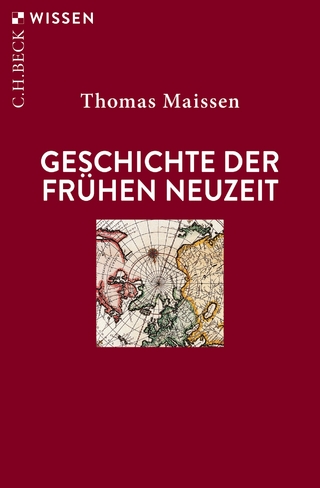
The Environmental Legacy of War on the Hungarian-Ottoman Frontier, c. 1540-1690
Amsterdam University Press (Verlag)
978-94-6372-793-8 (ISBN)
András Vadas is an Assistant Professor of Medieval History at Eötvös Loránd University (Budapest) from where he holds a PhD in early modern history. He holds a second doctorate in medieval history from the Central European University (2020). His research interest is the environmental and economic history of the Middle Ages and the early modern period. His works discuss the problem of the environmental change brought about by military activities in the Carpathian Basin as well as mills and milling in medieval Hungary. He co-edited volumes with Brill (Medieval Buda in Context and The Economy of Medieval Hungary) and with Routledge (The Medieval Networks in East Central Europe Commerce, Contacts, Communication) as well as numerous studies published in peer-reviewed journals (Global Environment, Water History, City and History, Hungarian Historical Review, etc.).
Acknowledgments
Note on Names
List of Figures
1. Introduction
1.1. Frontier, Border – Do They Mean Anything?
1.2. The Development of the Ottoman–Hungarian Frontier – The Scene
1.3. Transdanubia and the Great Hungarian Plain – The Scenes of the War
1.4. The Book’s Concept
2. From Center to the Frontier: The Environment of the Central Transdanubia in the Early Modern Period
2.1. Why Hydrography Matters? – Military Defense and Waterscape in the Kingdom of Hungary
2.2.1. Historical Environment of a Frontier River – What to Look at?
2.2.2. Riverine Frontiers Against the Ottomans – The Forms of Defense
2.2.3. Environmental Conditions and Frontier Protection in the Rába Valley in the Early Modern Period
2.3. Summary
3. A Century of Water? – The Rába Valley in the Seventeenth Century
3.1. Sources of a Town by the River
3.2. The Rába at Körmend
3.2.1. Fortifications, Bridge, and Mills – Körmend’s Waterscape
3.3. Floods – Unintended Consequences of Dams and Mills?
3.3.1. The Impacts of Floods on Communication Networks and the Local Economy
3.3.2. Flood Frequencies and the Magnitudes of Floods
3.3.3. Seasonality of Floods – the Early Modern Period Compared to Modern Times
3.3.4. A Year with Severe Floods: A Case Study of 1641
3.4. Low Water – An Even Less Fortunate Event?
3.5. Was Körmend an Exception? Some Conclusions
4. From Endless Forests to Meadows and Wastelands? What Happened to the Forests Along the Border?
4.1. Forest Resources in the Pre-Modern Carpathian Basin – Endless or Scarce?
4.2. Reconstructing Forest Cover in the Early Modern Period – Perspectives and Limits
4.3. Forms of Wood Consumption in Early Modern Hungary – Paved Road to Deforestation?
4.3.1. Firewood Consumption of Households in Early Modern Transdanubia – A Very Rough Estimate
4.3.2. Industries and Wood Consumption – Some Considerations
4.3.2.1. Food and Drink
4.3.2.2. War Materiel
4.3.2.3. Building Industries
4.4. The Biggest “New” Consumer? The Wood Consumption of the Military Defense in the Sixteenth and Seventeenth Centuries
4.4.1. Possibilities and Limitations for Estimating the Wood Consumption of Earth and Wood Fortifications
4.5. Forests in the Hinterlands – What Were They Used For? – A Brief Outlook
4.6. Conclusions
5. Conclusions
5.1. Epilogue – What Came After?
Bibliography
Appendices
| Erscheinungsdatum | 28.02.2023 |
|---|---|
| Reihe/Serie | Environmental Humanities in Pre-modern Cultures |
| Zusatzinfo | 17 Illustrations, black and white |
| Verlagsort | Amsterdam |
| Sprache | englisch |
| Maße | 156 x 234 mm |
| Themenwelt | Geisteswissenschaften ► Archäologie |
| Geschichte ► Allgemeine Geschichte ► Neuzeit (bis 1918) | |
| ISBN-10 | 94-6372-793-0 / 9463727930 |
| ISBN-13 | 978-94-6372-793-8 / 9789463727938 |
| Zustand | Neuware |
| Informationen gemäß Produktsicherheitsverordnung (GPSR) | |
| Haben Sie eine Frage zum Produkt? |
aus dem Bereich


